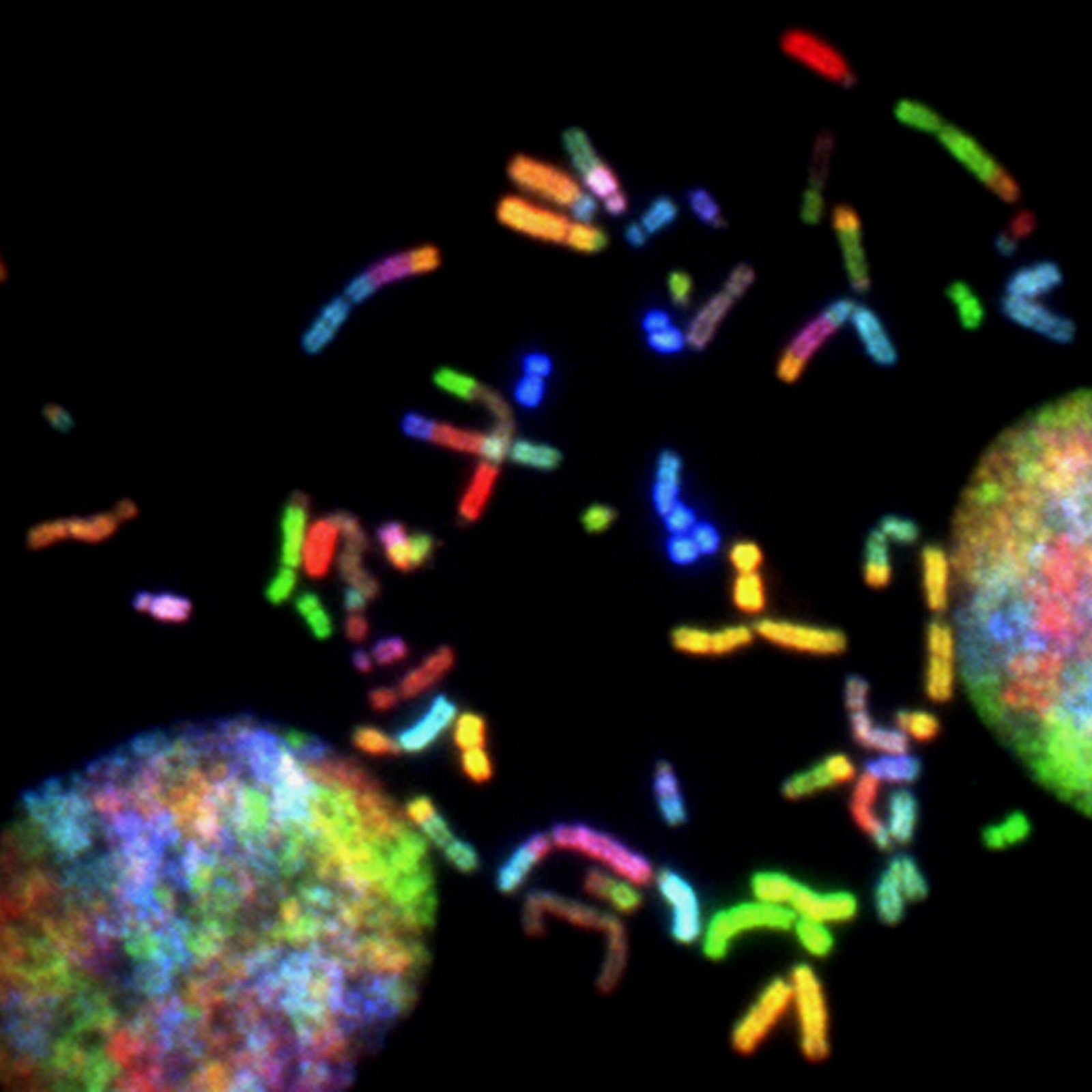Learn about the relationship between chromosomes and genes in genetics. Discover how chromosomes carry genetic information and how genes determine our traits. Explore the interaction between chromosomes and genes in cell division and meiosis. Understand the role of chromosomes and genes in genetic disorders and chromosomal abnormalities. Gain insights into the complexities of genetics and the mysteries of DNA.
The Intricate Relationship Between Chromosomes and Genes
When it comes to understanding the complexities of genetics, one cannot overlook the crucial relationship between chromosomes and genes. These two fundamental components play a significant role in determining our genetic makeup and influencing our traits and characteristics.
Chromosomes: The Carriers of Genetic Information
Chromosomes are thread-like structures found within the nucleus of our cells. They are composed of DNA, which contains the instructions necessary for the development and functioning of living organisms. Humans typically have 23 pairs of chromosomes, totaling 46 in each cell (except for reproductive cells).
Each chromosome is made up of thousands of genes, which are the functional units of heredity. Genes are segments of DNA that contain the instructions for producing specific proteins. These proteins perform various functions within our bodies and are responsible for our physical and biochemical traits.
Genes: The Blueprint of Life
Genes are the blueprints that determine our traits, such as eye color, height, and susceptibility to certain diseases. They are responsible for the inheritance of specific characteristics from our parents. Each gene carries the information needed to produce a particular protein or RNA molecule, which then carries out specific functions in our bodies.
Genes can exist in different forms called alleles. Alleles are alternative versions of a gene that can result in variations in traits. For example, the gene responsible for eye color can have alleles for blue, brown, or green eyes.
The Interaction Between Chromosomes and Genes
Chromosomes and genes work together in a tightly coordinated manner to ensure the proper functioning of our cells and the development of our bodies. The genes located on chromosomes determine the traits we inherit from our parents, while the chromosomes themselves play a crucial role in the distribution of genetic information during cell division.
During the process of cell division, chromosomes duplicate themselves, ensuring that each new cell receives a complete set of genetic information. This process, known as mitosis, allows for the growth, repair, and maintenance of our bodies.
Another essential process involving chromosomes and genes is meiosis, which occurs during the formation of reproductive cells (sperm and eggs). Meiosis involves the exchange of genetic material between chromosomes, resulting in genetic diversity and the ability to pass on unique combinations of genes to offspring.
Genetic Disorders and Chromosomal Abnormalities
While chromosomes and genes work together harmoniously in most cases, abnormalities can occur, leading to genetic disorders and chromosomal abnormalities. These conditions can result from mutations in genes or structural changes in chromosomes.
Genetic disorders, such as cystic fibrosis or sickle cell anemia, are caused by mutations in specific genes. These mutations can disrupt the normal functioning of proteins, leading to various health problems.
Chromosomal abnormalities, such as Down syndrome or Turner syndrome, occur when there are structural changes or an abnormal number of chromosomes. These abnormalities can affect physical and intellectual development.
Conclusion
The relationship between chromosomes and genes is a fundamental aspect of genetics. Chromosomes serve as the carriers of genetic information, while genes provide the instructions for the development and functioning of living organisms. Understanding this intricate relationship helps us comprehend the basis of inheritance, genetic diversity, and the occurrence of genetic disorders. With ongoing research and advancements in the field of genetics, we continue to unravel the mysteries of our DNA and gain insights into the intricate workings of life itself.





2 Comments